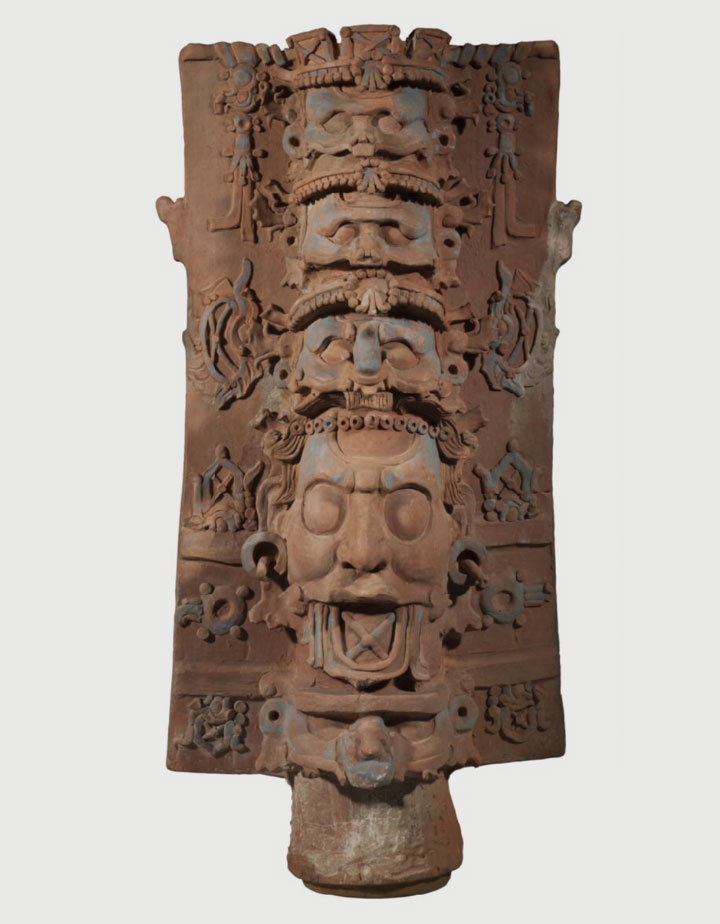Incensarios of the Ancient Maya World: The Identity and Function of Censers as Animate Objects
Amara Klemann
Advisor: Dr. Astrid Runggaldier

Abstract
Ritual objects in ancient Maya civilization contained a vital life force meaningful to people beyond their primary purpose as ritual tools. Ceramic incense burners developed into a principal instrument of ritual action throughout Maya culture from the Preclassic period (roughly 300 B.C.E. to 100 C.E.) to the Postclassic period (1000-1500 C.E.). This thesis examines the way in which incense burners provide insight into the nature and concept of animate objects in an ancient Maya worldview. Through the study of materiality, iconography, and ritual practices, this thesis explores the relationship between the ancient Maya and ceramic incense burners conceived of as mediators between the natural and supernatural world. In particular, composite-style incense burners at Palenque provide a depth of clarity and comprehension due to the elaborate iconography of stacked supernatural figures and naturalistic masks along with other design elements, which together illustrate the Maya worldview. Ultimately, the ritual lighting of incense burners served to ignite a connection between deities/ancestors, and the ancient Maya enacting these rituals. This thesis engages in larger conceptual discussions of the relationship between nature, art, and ritual, in ancient Maya thought.